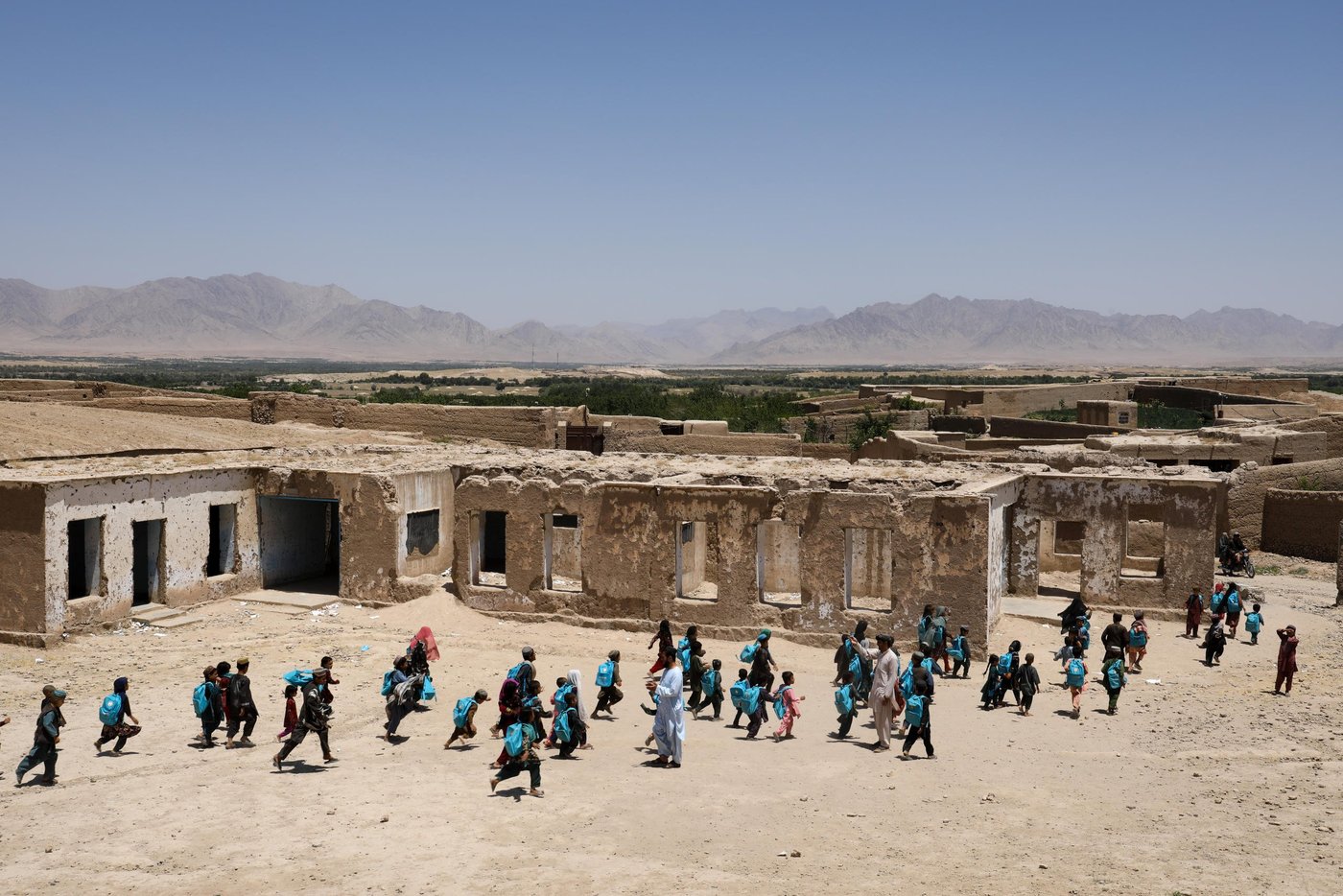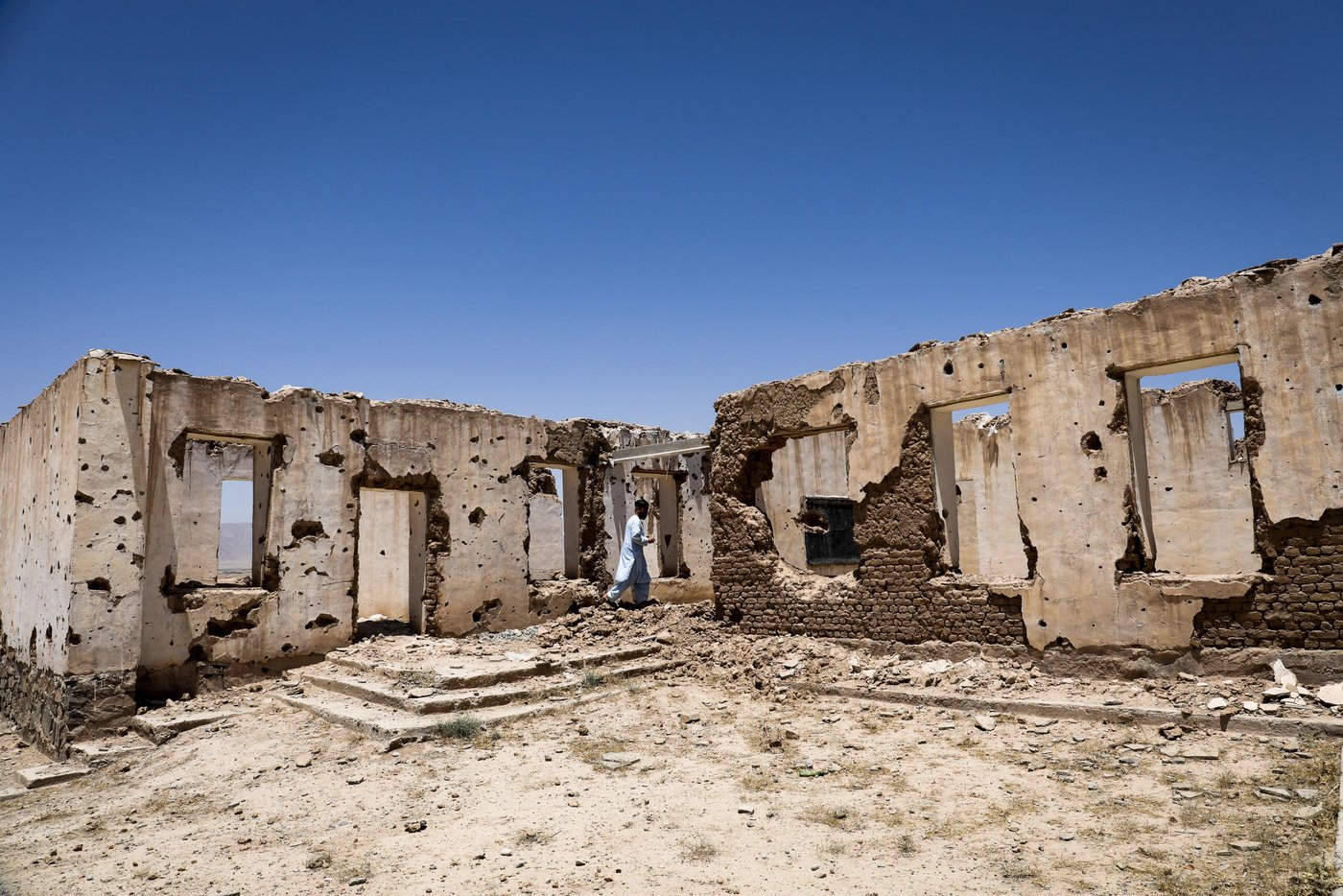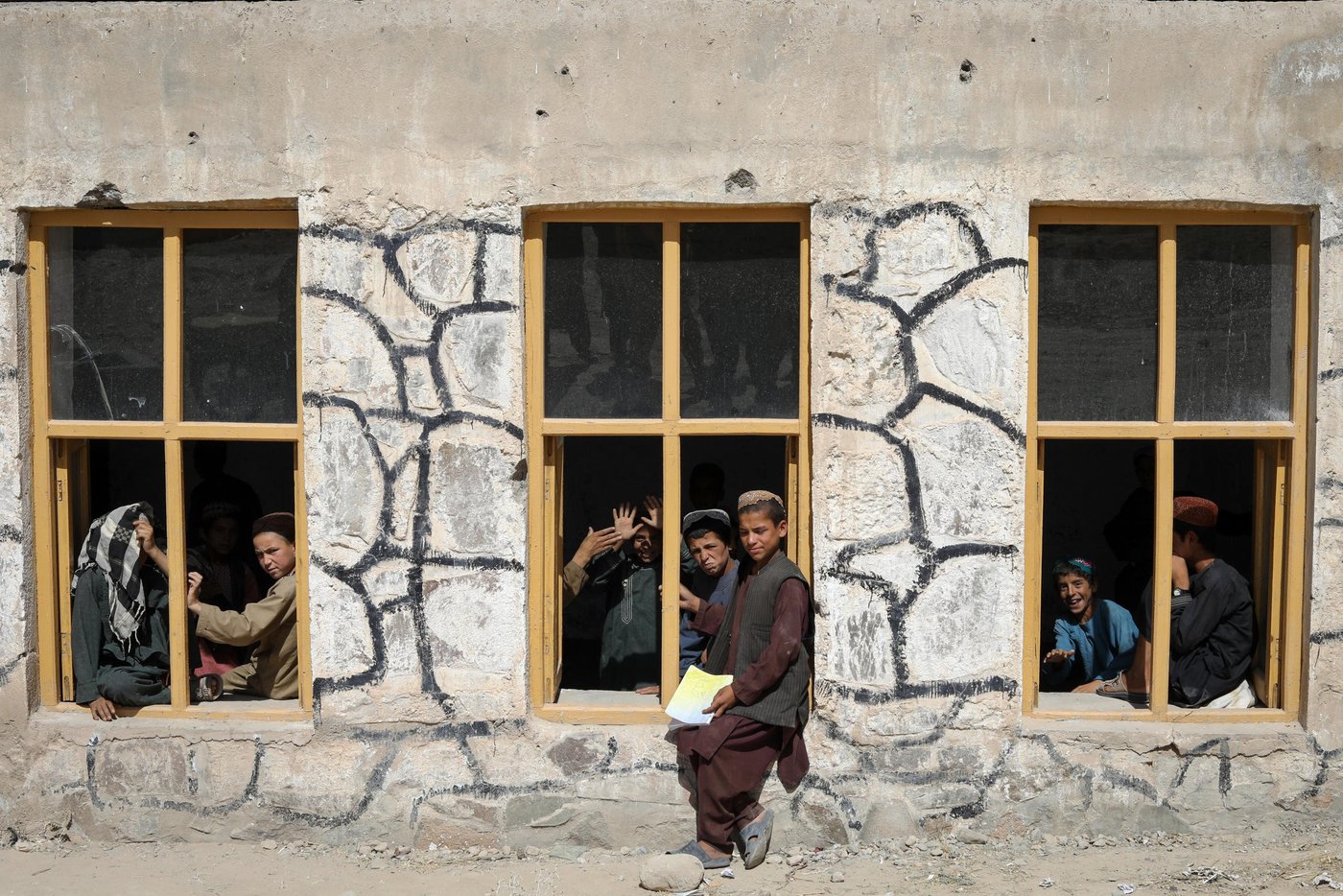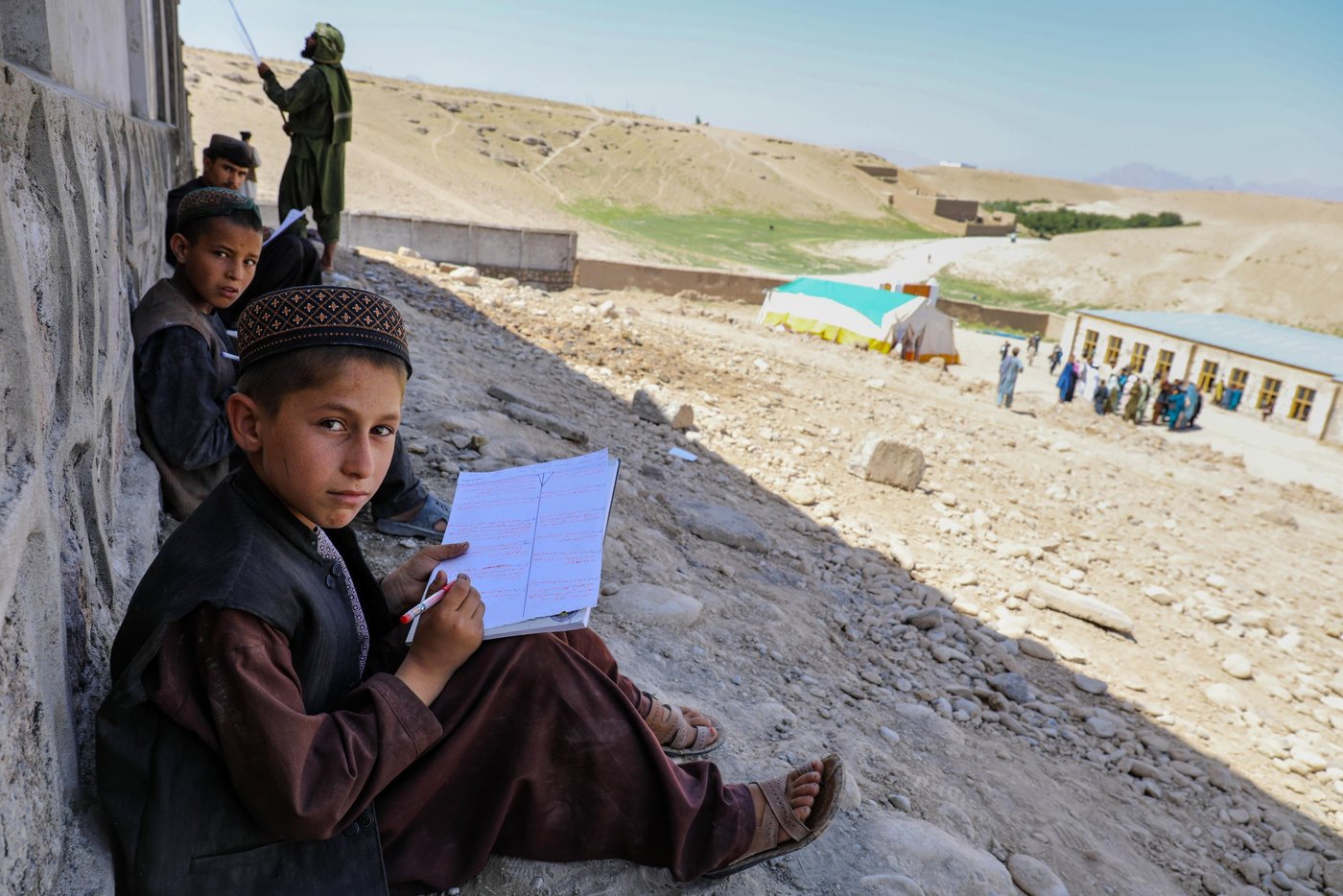Children are the key to Afghanistan’s future but are increasingly a casualty of the conflict. Despite tremendous gains in rebuilding the public education system – particularly for girls – over the last two decades, the number of boys and girls out of school is on the rise for the first time since 2002. An estimated 3.7 million children – nearly half of all school-aged children – are currently out of school. Girls’ education is disproportionately affected by the conflict. Sixty per cent of children who are out of school are girls.
Broken promises
Due to the presence of security forces, the possibility of attacks and the lack of female teachers, as well as the lack of girls’ toilets, many parents are unwilling to send their daughters to school.
“Girls’ education has been hailed as one of few success stories of international support to Afghanistan, and progress was indeed made. But now, increasing numbers of girls are out of school not only because it is unsafe, but because the money dried up. This year, we had to shut down several school projects for displaced children simply because no-one could find a way to pay. To me, this shortfall is one of the most staggering examples of how the international community has broken its promise to Afghan girls,” says Anthony Neal, NRC’s advocacy manager in Afghanistan.

Alarming situation
“Humanitarian organisations like NRC are working to build and repair schools, educate teachers and provide learning materials to ensure that children can still receive an education. But there is just not enough funding. Only a very small portion of humanitarian aid goes towards education in crisis areas,” says Neal.
So far this year, NRC has managed to fund about 40 per cent of the work required to secure children an education in Afghanistan.
“This is far from enough to cover all of the critical hard-to-reach areas. For Chora District in Uruzgan, we have nothing,” says Neal.
He continues: “The situation is desperate, and when it comes to funding for psychosocial support for boys and girls displaced by armed conflict, the situation is even worse. We only have 20 per cent of the funding needed for this important work. In Uruzgan Province, NRC is the only international organisation providing funding and support to education.”

Schools are being taken over by militants
When children’s safety is threatened at school and on their way to school, it is the girls who suffer first. Schools, teachers and students are increasingly the target of attacks and intimidation. In 2018, approximately 700 schools were destroyed, damaged or occupied by armed groups or Afghan and international military forces, or were closed due to the conflict – leaving more than 325,000 children unable to attend school.
“It is not uncommon to see schools being used as checkpoints and forward operating bases for armed forces. As elections approach over the coming months, we expect even more attacks on schools – as many are used as polling centres. We have been advocating for the protection of education in Afghanistan for the past three years and we will continue to do so,” says Neal.
It is not uncommon to see schools being used as checkpoints and forward operating bases for armed forces.ANTHONY NEAL, NRC’s advocacy manager in Afghanistan
A report published by NRC last year revealed that more than half of children didn’t feel safe at school. Twelve per cent of children had experienced attacks on their schools, and many had missed exams or periods of schooling because of attacks or threats from armed groups.
Attacks on girls’ schools
Globally, we see that attacks on schoolgirls are increasing while education for girls has become a political hot-button issue in many places.
The international umbrella organisation GCPEA (the Global Coalition to Protect Education from Attack) has documented an increasing number of attacks on girls’ schools, girls and female teachers in the report Education Under Attack 2018. Kidnappings are also on the rise.
The report shows that, since 2013, girls and female teachers have been the target of direct attacks in at least 16 countries, including Afghanistan.
Girls and female teachers have been designated as direct targets for the attacks. Extremist groups have bombed or set fire to girls’ schools, and have threatened, harmed or killed girls and female teachers. In Afghanistan, for example, one in four reported attacks on schools was aimed at girls’ schools.

Access, but no funding
Uruzgan Province in the southern part of Afghanistan is one of the areas that is heavily contested by both parties to the conflict.
“To be able to operate in Chora District, we had to negotiate with both parties. Now, we have gained both trust and acceptance, and have managed to gain humanitarian access to an area where relief workers previously struggled to reach out with help. That makes it all the more disappointing when there is no will or ability to fund our efforts,” says Neal.
In Charamgar, some five kilometres north of the provincial capital Tirin Kot, the secondary school was occupied and used as a checkpoint by the Taliban for almost six months in 2015–16. The school remained shut for the whole academic year. When the Taliban were finally pushed back, the school was little more than an empty shell. All of the roofing, windows and doors had been either destroyed or stolen.

Reopening schools
NRC stepped forward and carried out some basic repair work on this and three other schools in the same area. The work included new roofing, windows and doors, as well as gates and boundary walls around the school. NRC also established a school-based protection committee for each school.
Nida Mohammad, the headteacher of the school in Charamgar, explains that the new boundary walls are particularly important:
“We feel safer and more secure now after building the boundary walls and installing the gates. Now, we have a bigger school playground where the students can play and feel safe. The high and sturdy boundary walls also provide protection against any attacks or flying bullets.”
-
80,541people benefited from our education programme
-
131,414people benefited from our food security programme
-
35,392people benefited from our shelter programme
-
99,461people benefited from our camp management programme
-
110,287people benefited from our ICLA programme
-
28,648people benefited from our WASH programme

